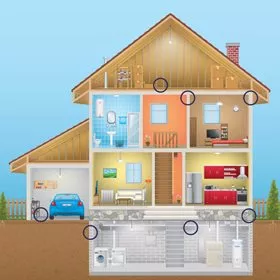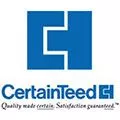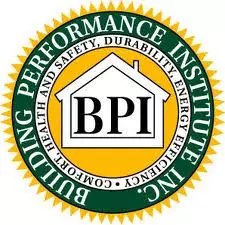- 210 North 10th Street, Sacramento, CA 95811
- |Contact Us
Frequently Asked Questions
Do you have questions about insulation or home energy efficiency? Below you can find frequently asked questions about both.
Feel free to contact us if you can’t find an answer to your question!
Insulation FAQs
Energy Saving FAQs
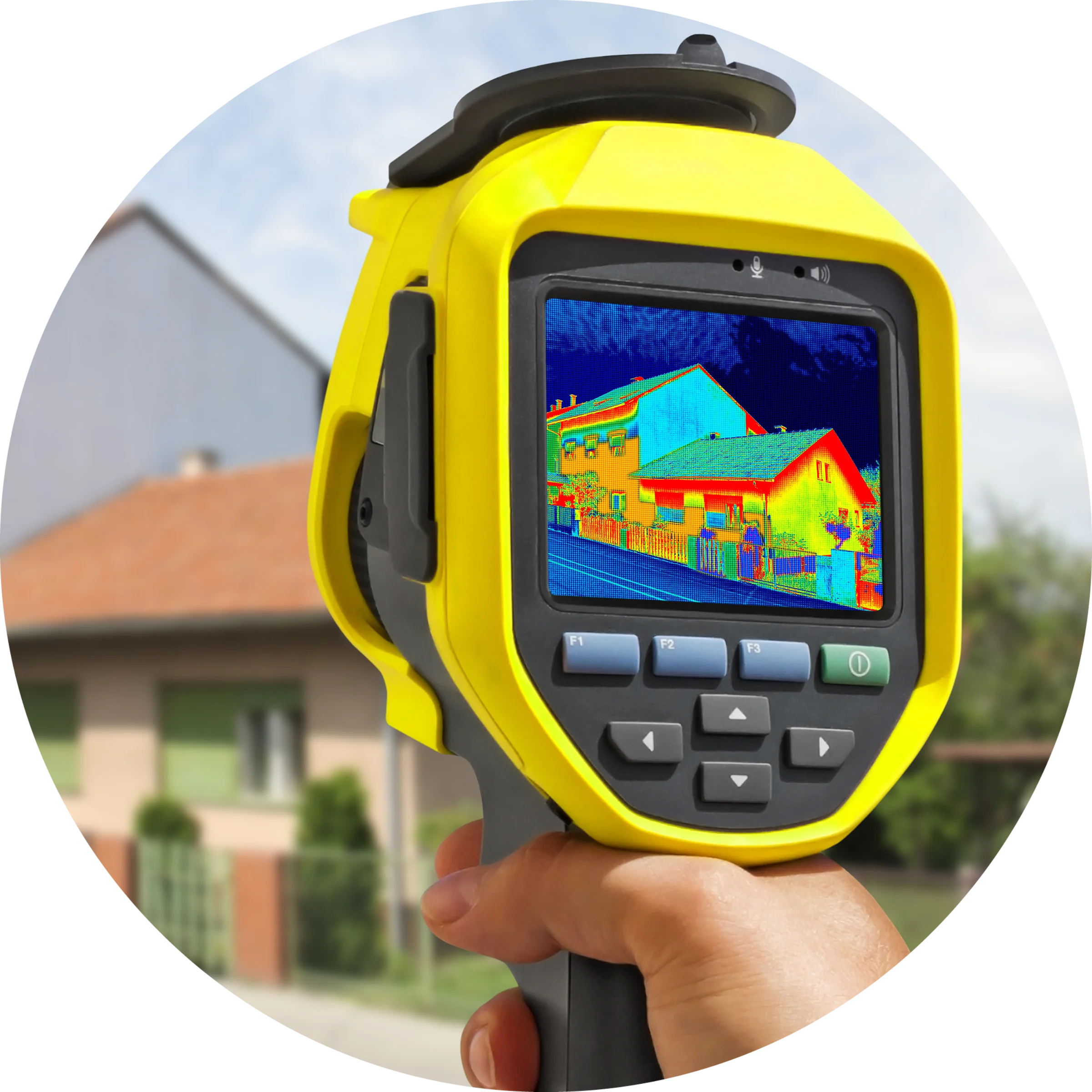
Our professional energy audits identify inefficiencies in your home, helping you lower energy costs, improve comfort, and maximize efficiency.
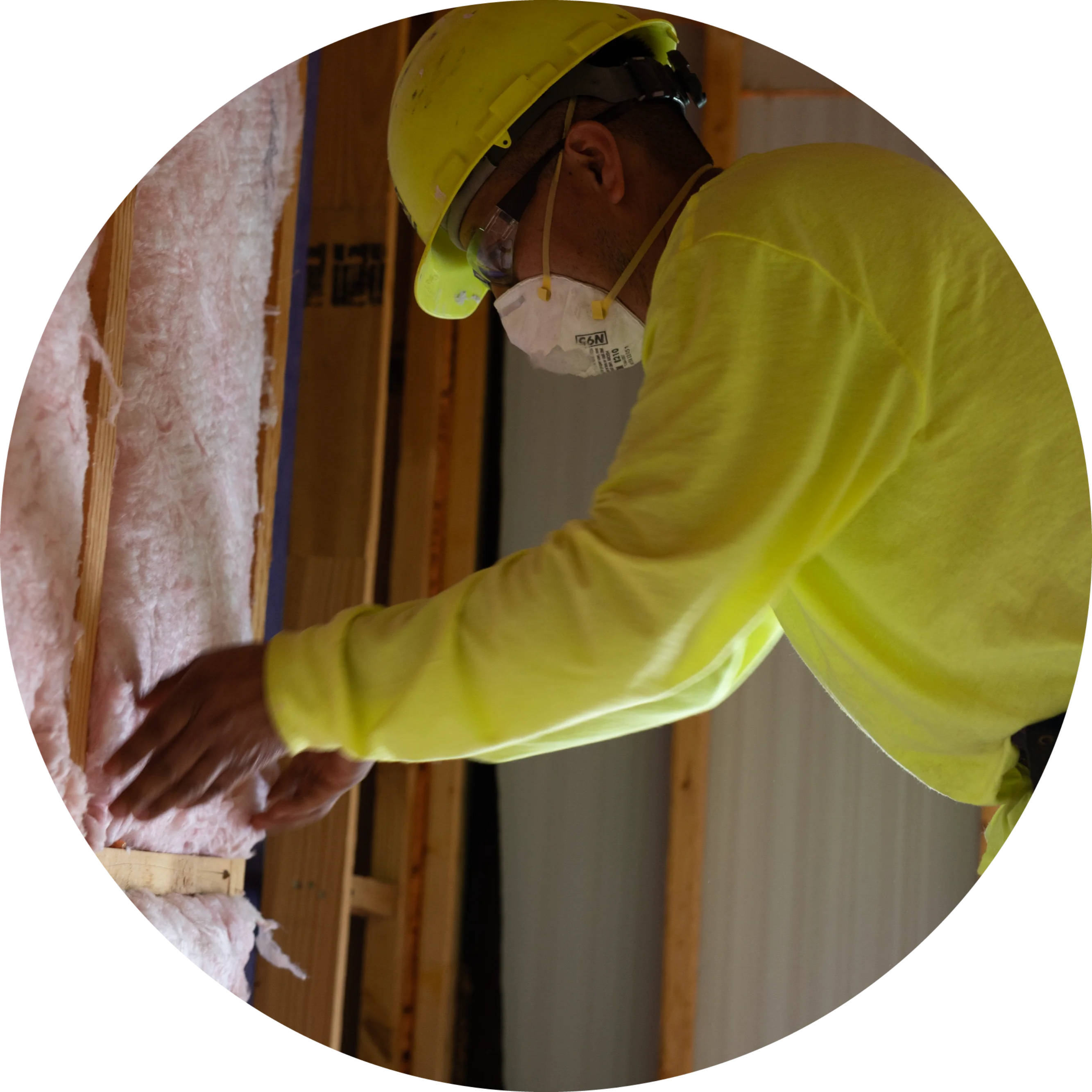
Fiberglass insulation is a durable, cost-effective solution that enhances energy efficiency, reduces noise, and keeps your home comfortable year-round.
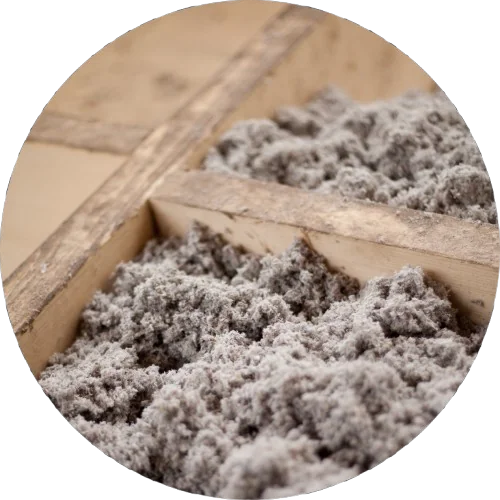
Cellulose insulation is an eco-friendly, highly effective material that enhances energy efficiency, reduces noise, and provides superior comfort for your home.
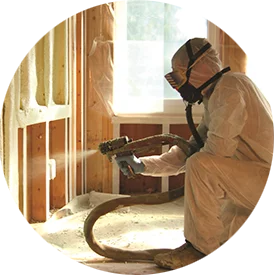
Spray foam insulation creates an airtight seal that boosts energy efficiency, reduces noise, and enhances indoor comfort with superior durability.

Radiant barrier insulation reflects heat away, keeping your home cooler in summer, reducing energy costs, and improving overall efficiency.
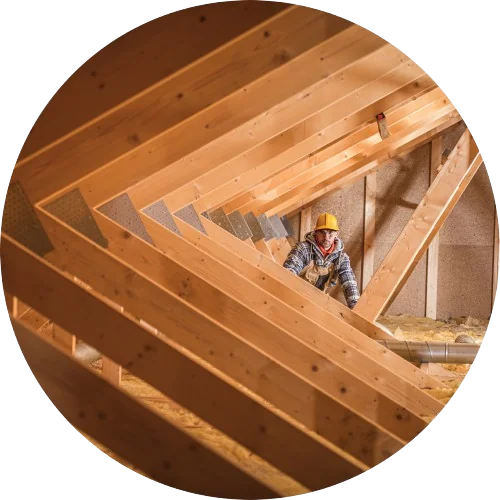
Our professional insulation removal services safely and efficiently eliminate old or damaged insulation, preparing your home for fresh, energy-efficient upgrades.
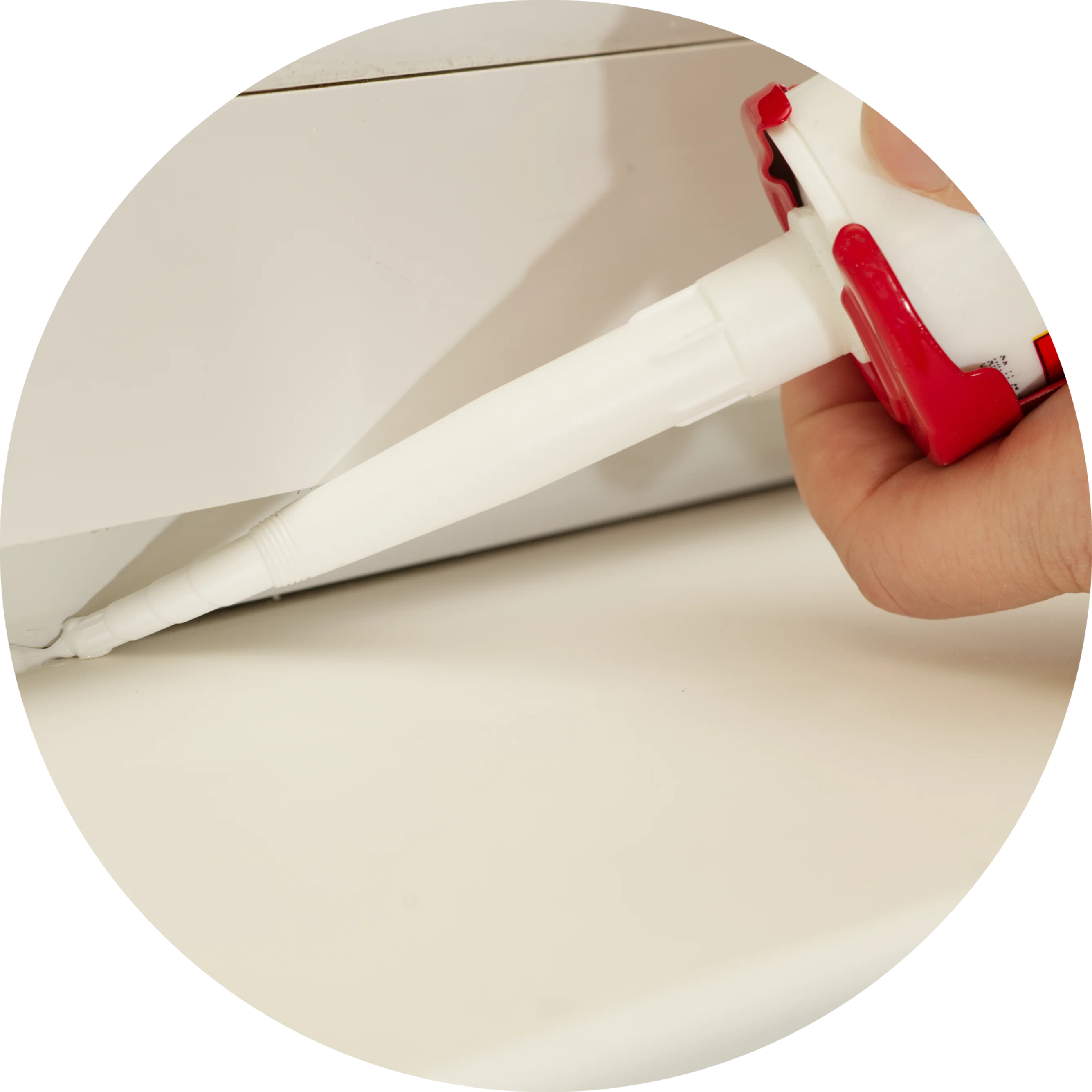
Air sealing eliminates leaks and drafts, improving energy efficiency, enhancing indoor comfort, and reducing heating and cooling costs.


